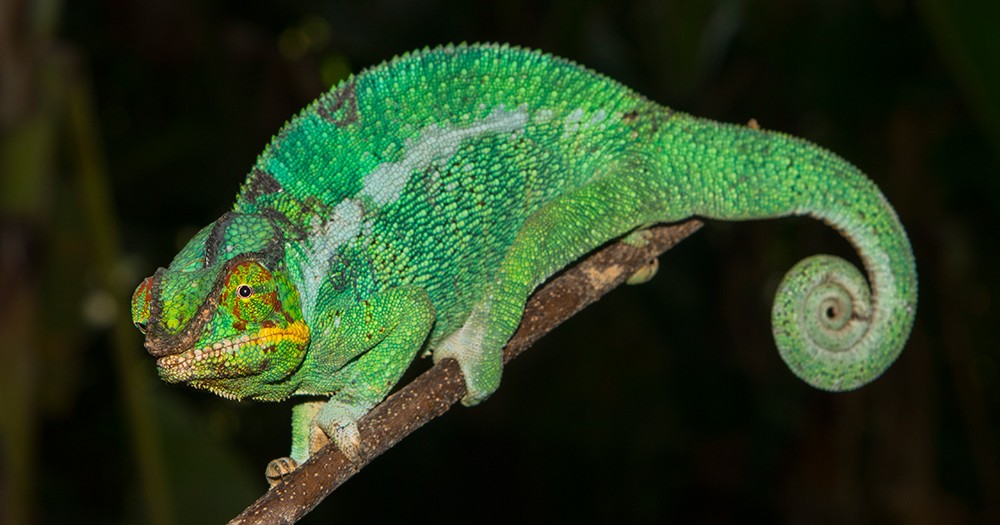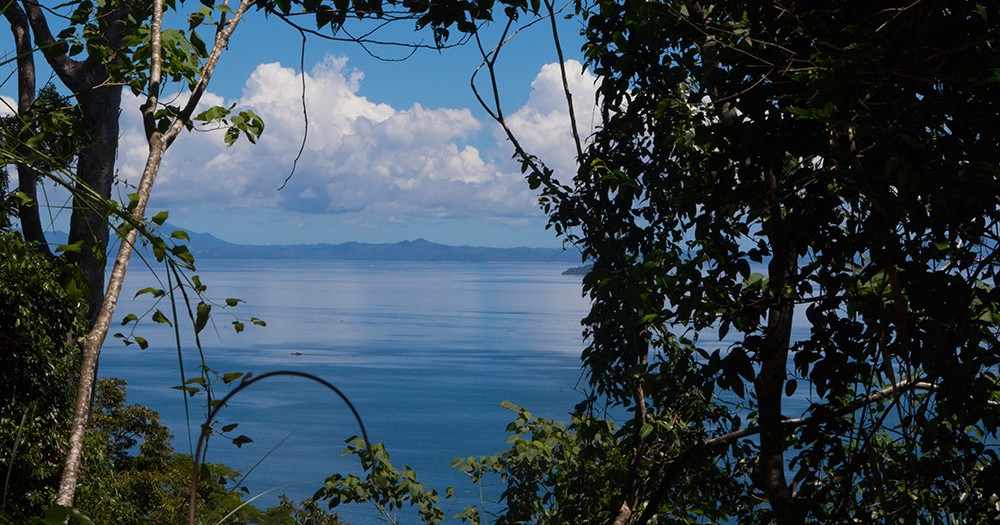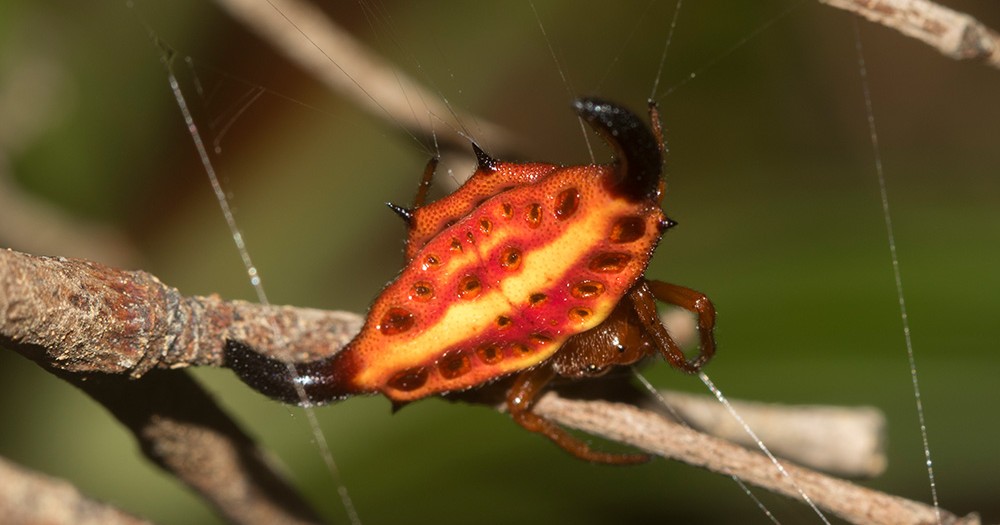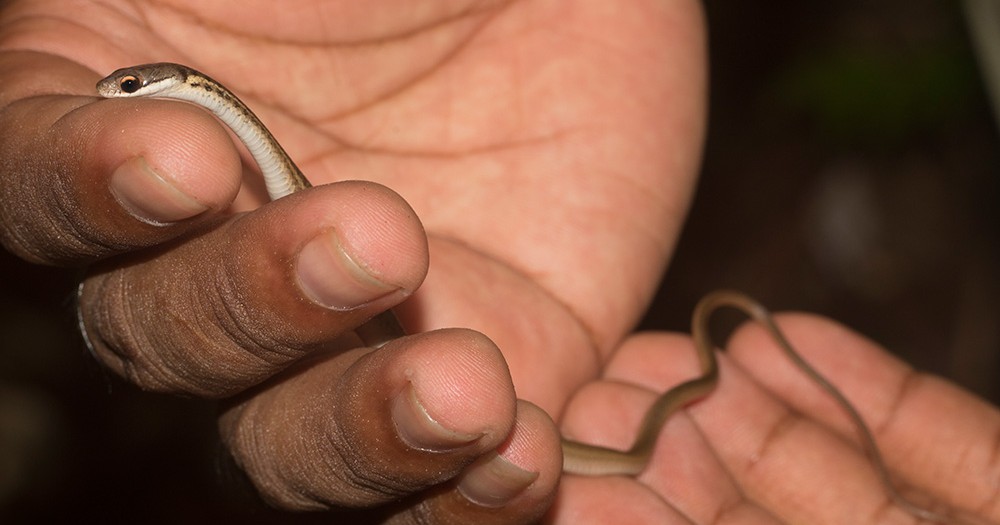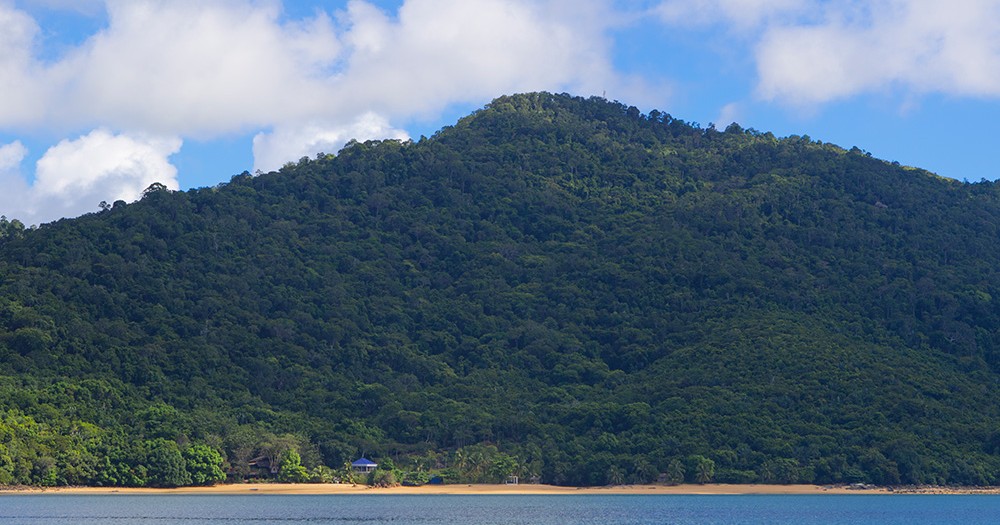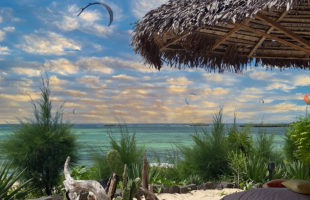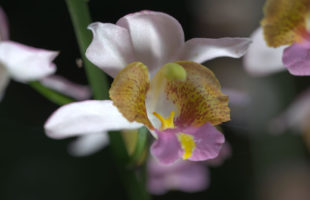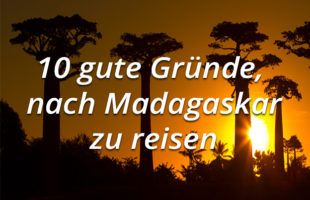Lokobe:
This national park is named after its highest elevation, the Lokobe at 450 m above sea level. The name means “many colours”.
Location:
The National Park is located on the island of Nosy Be on Madagascar’s northwest coast and belongs to the Diana region. To get there, you can take an all-terrain vehicle from Antananarivo to Ankify (about 900 km with a journey time of several days). In Ankify there are ferries to Nosy Be. It is much easier to fly directly from the capital Tana to Nosy Be. Flights to Fascene Airport run almost daily, some even from international airports in Italy (Milan, Rome), France (Paris) and La Réunion (St. Denis). Lokobe National Park is located in the southeast of the island, about 7 km from the capital of Nosy Be, Andoany (French Hellville). By Pousse-Pousse, Tuk Tuk or taxi you can reach the park in about 20 minutes driving time.
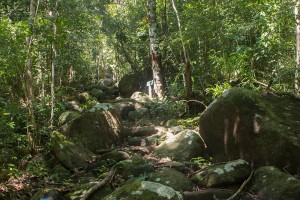
Informationen zum Nationalpark:
The island of Nosy Be is of volcanic origin, even though the ancient volcanoes have not been active for centuries. Today there are small and large lakes in the craters. Lokobe National Park occupies only 7.4 km² of the 325 km² island. In addition, there is a marine shelter of 1.22 km². The small size of the park can be explained by the tourist development of the island a few decades ago. To this day, more and more forests have fallen victim to slash-and-burn, new buildings and plantations. After all, the protection of the remaining rainforest began as early as 1923, otherwise no tree would probably be in Lokobe today. The national park in its present boundaries is the only rest of primary forest in the region. It was not until 1966 that it was elevated to the status of a nature reserve, and from then on only scientists were allowed to visit it.
In 2011 Lokobe was officially declared a National Park and thus again opened to the public. Since then, the employees have been trying to pave new paths through the park and make old ones accessible again. Most of the park is still completely undeveloped. There is currently a flat path that runs for several hundred metres through the forest and a one and a half kilometre long path to the lookout point, which consists exclusively of stairs. The latter is extremely difficult to walk on in the tropical climate of the island, but the fantastic view from above compensates for the efforts. Lokobe also has a special feature that distinguishes it from all other national parks in Madagascar: There are no guides yet, so you can explore the rainforest on your own. This has the advantage that one can move undisturbed alone in the forest. However, those who have little experience with the sighting of animals in Madagascar will miss many animals without a guide. For many of Lokabe’s little beauties you simply need a very good eye. The Ambanoro office, where you pay the entrance fee, is located directly at the park entrance.
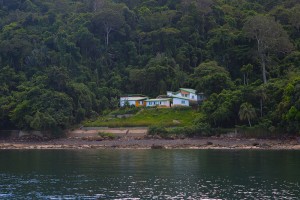
Climate:
Actually, Nosy Be has his own climate. It is warm all year round with temperatures above 25°C – one of the main reasons why the island quickly became a tourist magnet. There is hardly any difference between the dry and rainy seasons. Rainfall is moderate throughout the year. The island is usually spared from a lot of wind, and cyclones are rare.
Infrastructure:
Nosy Be has the best infrastructure in Madagascar and is the most visited tourist region in the country. There are hotels, lodges and bungalows for every budget, from the exclusive luxury lodge to the simple guesthouse for backpackers. In the capital Andoany you will find shops, restaurants and bars. The city is still locally known under its former name Hellville, which originates from colonial times. The tribes of the Sakalava and Antakarana, who once lived here, have long been mixed up by international audiences and Madagascans from all corners of the country. In Lokobe National Park there is a small campsite near the southern beach with running water and covered camping sites (no electricity).
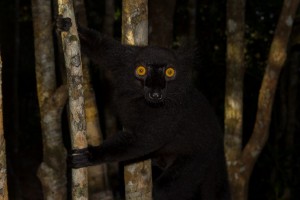
Flora and Fauna:
Lokobe National Park consists of lowland rainforest, where you can still admire jungle giants like the Ramy tree (Canarium madagascariense). Other very rare plants such as the palms Dypsis nossibeensis and ampasandavae also grow here. The entire forest is overgrown with ferns and lichens.
For centuries, animals and plants had the opportunity to develop undisturbed in this park. 42 bird species fly in the sky of Lokobe. Chameleon species such as the white-blue panther chameleon (Furcifer pardalis), leaf chameleons (Brookesia stumpffi, ebenaui and minima) and the real Calumma boettgeri are hidden between the green. In the trees, on the rocks and along small, idyllic streams endemic live plated lizards (Zonosaurus boettgeri), leaf-nosed snakes (Langaha madagascariensis), bright green day geckos (Phelsuma grandis, seippi, abotti, laticauda, dubia) and small frogs. With a bit of luck you might even find one of the perfectly camouflaged leaf-tail geckos (Uroplatus ebenaui and henkeli). Lokobe is home to more than 50 reptile species and almost 35 amphibian species. Among the frogs in the park are Mantella ebenaui and one of the smallest frogs on earth, Stumpffia pygmea. Butterfly lovers will also get their money’s worth here: More than 100 species of butterflies live in Lokobe.
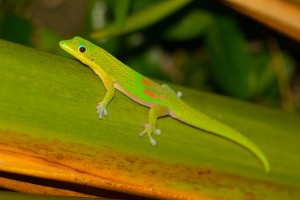
While exploring the rainforest, one is usually observed by curious black lemurs (Eulemur macaco), which jump through the treetops and come quite close. They are the park’s secret mascots and very popular with visitors. But the black lemurs are not alone: Sometimes the rare sportive lemurs (Lepilemur tymerlachsoni) look out from their tree holes. And at night, mouse lemurs (Microcebus mamiratra) run from branch to branch.
In short: If you visit Nosy Be, you should definitely consider a visit to Lokobe National Park.
 MADAMAGAZINE Your Magazine about Madagascar
MADAMAGAZINE Your Magazine about Madagascar

